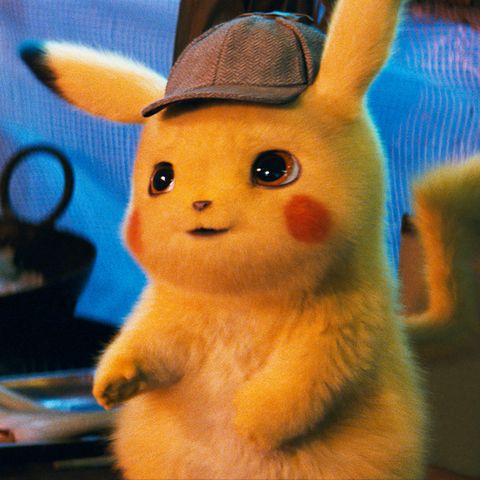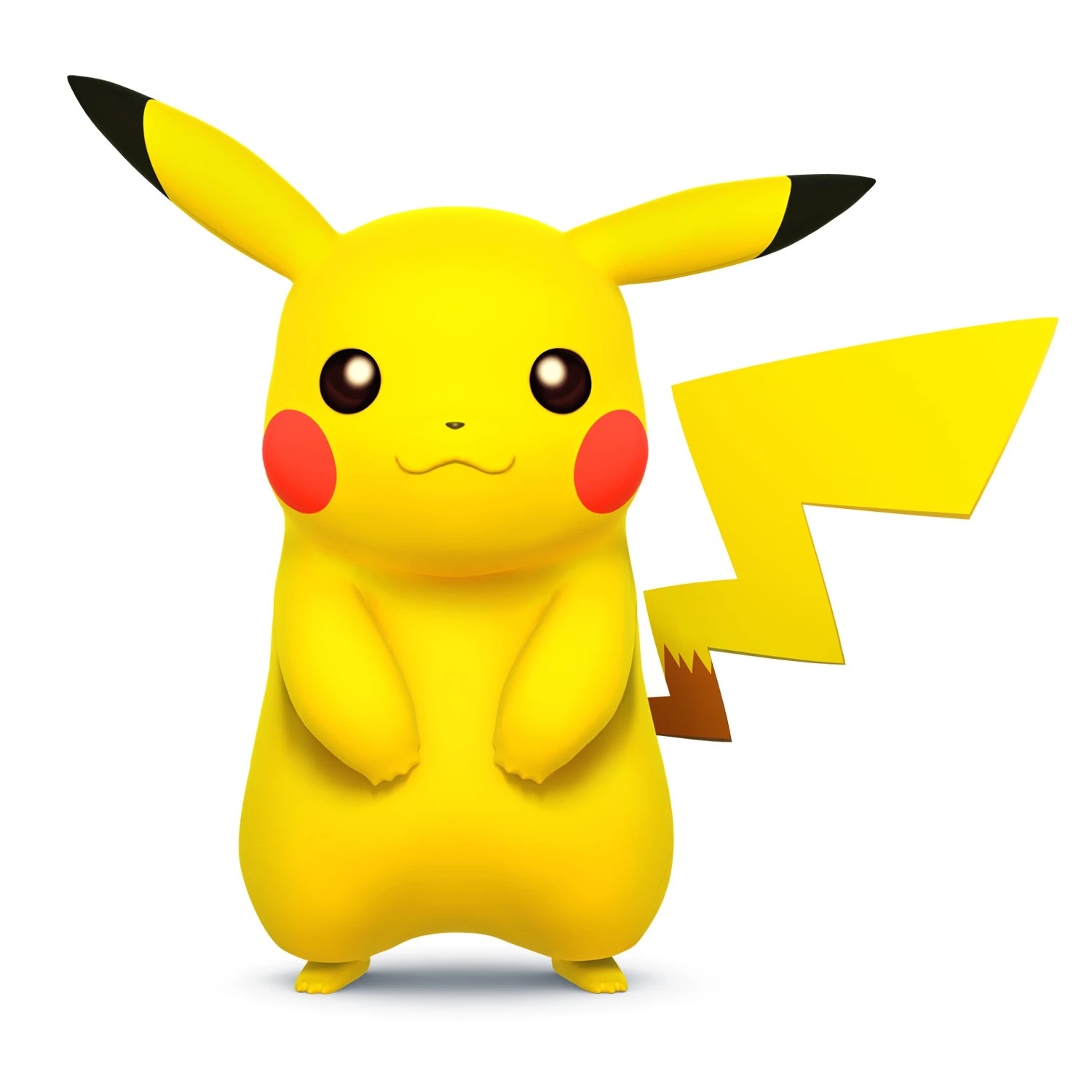Detective Pikachu, when it was first announced back in November last year, had everyone stoked! A fresh movie with a seemingly great storyline and video game characters while maintaining the integrity of the content that inspired said movie? Hell yes! Now that people are revisiting the trailers after its release, the majority does so declare that it, in fact, rocked. Although, however, partially overshadowed by the train-wreck announcement of the Sonic movie featuring Jim Carey, the reception was that Detective Pikachu acted as a panacea for the evils the Sonic movie put in our hearts; comparisons between the two displayed in the comment sections;

Emphasis on this last one, since the implications of the remaking of Sonic means a professionally-grounded, unpaid crunch period of 5 months for the animators, riggers and texture artists. Although it wasn't their fault, we should place the blame on the artistic director and general director Jeff Fowler, of whom will take NO RESPONSIBILITY in fixing this himself, since all he needs to do is force the animators to do it. Jeff isn't going into crunch time; those he employs are. Jeff isn't going to be suffering over this, he's going to be rolling in cash. Jeff isn't going to be knocked for this, he's going to be praised for acknowledging the harsh criticism. Jeff wins here. The animators, VFX artists and texture artists get swept under the rug.
Now, back to the topic, what we'll be covering today on Blogscape Smackdown is what Detective Pikachu did right that the Sonic movie failed at. A majority of this comes from respectfully adapting from the source material. Since most blockbusters are 3D animated or assume some CG/VFX properties, we can assume that our field requires a lot of strenuous work from everyone involved, even if your Art Director is a bad man with no care for source material (Jeff Fowler); let's take a dive into the logistics and strategies.
Upon the trailer's release, a similar question sprouted in everyone's minds; does pikachu have fur? As a mouse pokemon, you would think so, right? Maybe my point of view as a kid who grew up hugging pikachu plushies, those of which were furred, I always assumed that the pokemon was furred, just like a regular mouse, but apparently, people were repulsed over this? Although small in number, those utterly dejected by pikachu's furry design sparked the debate and made one question after another. The criticisms over such a small detail puts into perspective the leaps and bounds this movie has to make as the first ever live-action release from the Pokemon franchise over its 24-year-span. People have expectations, and as part of an adored series and as the mascot, Pikachu has to be cute, endearing and perfect to a majority. Adapting these types of characters is often seen as a challenge for studios, and a huge divide can be seen with the two movies discussed in this blog. Here is a side by side comparison between the source material characters and their movie counterparts.
 VS.
VS. 

 VS.
VS. 

You can obviously tell why the creepy, out of touch rendition of Sonic garnered so much backlash, right? They did an amazing job with the presentation of Pikachu that the bar was set so high, and I think what happened here is that the production team overshot it with Sonic, bringing him straight into the uncanny valley. With the directions Detective Pikachu took, they made numerous hour-long conferences just to pin down how pokemon designs work, since what may look like clothing can be organic in nature, just like a skin sometimes, which is what happened in the case of Sawk and its judo outfit. Needless to say, the team couldn't come to a sound conclusion and Sawk was cut.
Upon the trailer's release, a similar question sprouted in everyone's minds; does pikachu have fur? As a mouse pokemon, you would think so, right? Maybe my point of view as a kid who grew up hugging pikachu plushies, those of which were furred, I always assumed that the pokemon was furred, just like a regular mouse, but apparently, people were repulsed over this? Although small in number, those utterly dejected by pikachu's furry design sparked the debate and made one question after another. The criticisms over such a small detail puts into perspective the leaps and bounds this movie has to make as the first ever live-action release from the Pokemon franchise over its 24-year-span. People have expectations, and as part of an adored series and as the mascot, Pikachu has to be cute, endearing and perfect to a majority. Adapting these types of characters is often seen as a challenge for studios, and a huge divide can be seen with the two movies discussed in this blog. Here is a side by side comparison between the source material characters and their movie counterparts.
 VS.
VS. 

 VS.
VS. 

You can obviously tell why the creepy, out of touch rendition of Sonic garnered so much backlash, right? They did an amazing job with the presentation of Pikachu that the bar was set so high, and I think what happened here is that the production team overshot it with Sonic, bringing him straight into the uncanny valley. With the directions Detective Pikachu took, they made numerous hour-long conferences just to pin down how pokemon designs work, since what may look like clothing can be organic in nature, just like a skin sometimes, which is what happened in the case of Sawk and its judo outfit. Needless to say, the team couldn't come to a sound conclusion and Sawk was cut.
The technical caution presented in this case is what the Sonic movie is missing. Directive action wasn't taken, and instead, the public urged them to make changes where neglect was certain in their practice. When a production lacks that clarity, it's certain to fail. Although the changes are being made, are they being ethically and effectively made? I truly believe a delay would make everyone happy, especially since original the games played a definitive role in so many childhoods and we just want to have a fun time with the experience instead of wondering why Sonic looks to have come from eldritch horror visualizations. It's a stark contrast to how the team creating Wreck-It Ralph handled the situation of adapting Sonic. Although not live action, they nailed it. I don't get what was going through Jeff Fowler's mind during the conception of such an atrocious adaptation, but the mark was definitely missed. By about 2887 miles. (That's how fast Sonic can run an hour. Original Sonic is running away, Fowler can't catch him after this. No redemptions.)
 |
| Wreck-It Ralph edition |
There's something about big-name works like these that make me feel sad, almost broken inside. Thinking about how companies can take someone's amazing original idea and crush it to a pulp simply for an experiment or for monetary gain... it outright irks me to death. The differences presented by those in creative power here is astounding, to say the least. When something is fueled only by a name and recognition in place of passion and imaginative goals, we get something like the Sonic Movie, or a lost relic to 2010 CG animation; Chadam. Just know that WB backed it and forced it into CG from 2D to save money, failed utterly in conveying emotion and starred Leela's voice actor (Yes, Futurama Leela), Katey Sagal. It undeniably failed and was left to die. More on that one in a separate blog, there's a lot I'm not covering on the process that needs to be done justice.
Detective Pikachu's directive prowess and creative stride are what allows the audience to believe in the world presented, and the attention paid to the design and worldbuilding, both writing and animating, is what makes it so special; proof that good adaptations exist and can be executed with sash and style! I believe there is still hope for the likes of Chadam and the Sonic Movie, but what these studios need is time. Time is the most valuable resource a company or indie studio can amass, and where they spend it matters-- sometimes, if done incorrectly, can completely kill a project. Keep this in mind when working on your next passion project. Don't let yourself get cornered where you're forced to conform your own ideas into a boxy mess. Cut a hole in said box and let your creativity flourish.
Until next time, friends.
As a parting gift, here's a video on motivation.
Detective Pikachu's directive prowess and creative stride are what allows the audience to believe in the world presented, and the attention paid to the design and worldbuilding, both writing and animating, is what makes it so special; proof that good adaptations exist and can be executed with sash and style! I believe there is still hope for the likes of Chadam and the Sonic Movie, but what these studios need is time. Time is the most valuable resource a company or indie studio can amass, and where they spend it matters-- sometimes, if done incorrectly, can completely kill a project. Keep this in mind when working on your next passion project. Don't let yourself get cornered where you're forced to conform your own ideas into a boxy mess. Cut a hole in said box and let your creativity flourish.
Until next time, friends.
As a parting gift, here's a video on motivation.




No comments:
Post a Comment